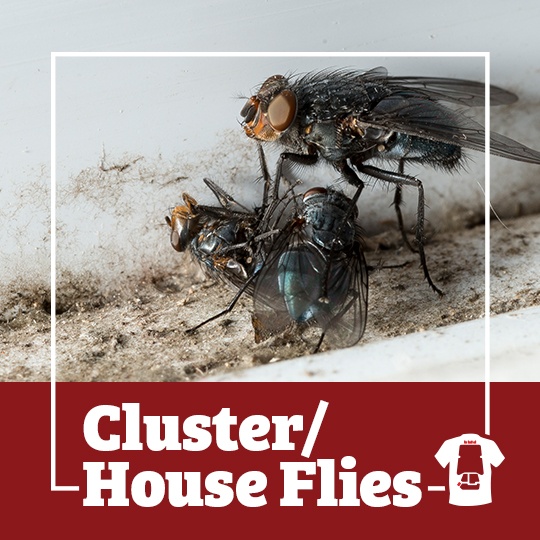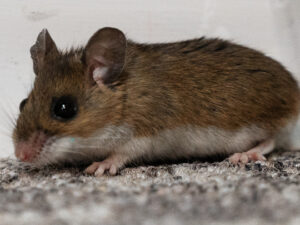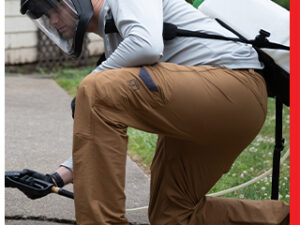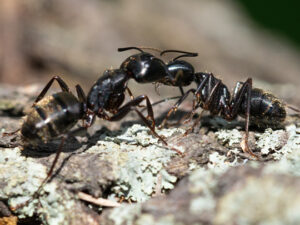
Once temperatures begin to rise during the spring season in upstate New York, residents should prepare for nuisance cluster fly swarms. Cluster flies are aptly named for their habit of “clustering” together in massive numbers within various hard-to-reach locations within a home. These areas include wall voids, attic spaces, subflooring and in the small space in between a window and its screen. If a cluster fly swarm is spotted within or near a home during the spring, then the insects are migrating back outdoors after spending a long winter lying dormant within obscured nooks and crannies within houses. In many cases, cluster fly infestations only become apparent to affected homeowners once the flies make a mad dash outdoors come spring.
Cluster flies, like all fly species in the Diptera order, are highly sensitive to cold temperatures, and these insects seem to possess a natural talent for securing shelter indoors before the arrival of the fall season. This makes cluster flies a biannual problem for upstate New York homeowners, as these flies swarm into houses during the fall, and out of houses during the spring. Cluster flies may be particularly well adapted for home invasions due to their natural instinct for locating shelter within tree hollows in rural areas before the arrival of the fall season. Luckily, cluster fly offspring cannot survive as eggs or larvae within indoor locations, as they require fertile soil in order to develop properly. However, this means that females will deposit their eggs in the nearest available soil sources after emerging from a house during the spring. Since cluster fly females must deposit their eggs within nutrient-rich soil sources, lawns that contain thriving gardens and/or a diverse array of landscape plant species are particularly attractive to the flies. Homes located on rich areas of soil are at the greatest risk of becoming infested with cluster flies during the winter season. Therefore, much like mosquito populations, cluster flies are not as problematic for homeowners during relatively dry seasons.
Can you tell the difference between a housefly and a cluster fly?












